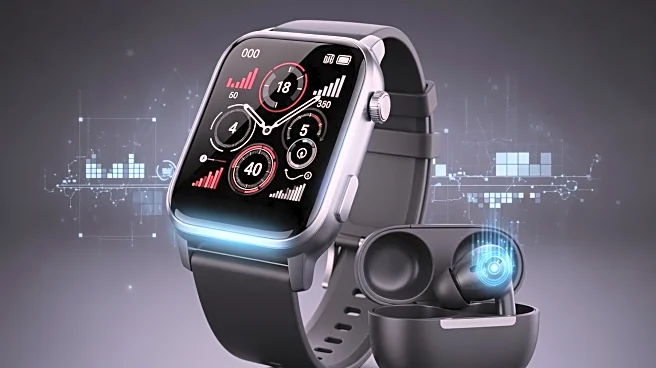What's Happening?
Researchers from the University of Cambridge and Meta Reality Labs have conducted a study to measure the resolution limit of the human eye, questioning the necessity of ultra-high-definition televisions.
The study involved participants detecting features in color and grayscale images on screens at varying distances and angles. Findings suggest that for an average-size living room, a 44-inch 4K or 8K TV does not offer additional benefits over a lower resolution Quad HD TV. The researchers have developed an online calculator to help consumers determine the most suitable screen resolution for their home setup.
Why It's Important?
This research challenges the marketing claims of TV manufacturers regarding the benefits of higher resolution screens, potentially influencing consumer purchasing decisions. Understanding the resolution limit of the human eye can lead to more efficient and cost-effective display technologies, reducing unnecessary processing power and energy consumption. The study's implications extend beyond televisions to other screens used in mobile devices, virtual reality, and automotive displays, encouraging manufacturers to focus on meaningful improvements rather than resolution alone.
What's Next?
Manufacturers may need to reconsider their approach to display technology, focusing on factors that genuinely enhance user experience rather than simply increasing resolution. The online calculator developed by the researchers could become a valuable tool for consumers, guiding them in making informed decisions about screen purchases. Further studies may explore the resolution limits for different types of displays and environments, potentially leading to new standards in screen manufacturing.
Beyond the Headlines
The study highlights the importance of aligning technological advancements with human capabilities, ensuring that innovations are both practical and beneficial. It raises ethical considerations about consumer marketing practices and the environmental impact of producing high-resolution screens that may not offer real benefits. The research also underscores the need for interdisciplinary collaboration in technology development, combining insights from vision science, engineering, and consumer behavior.











